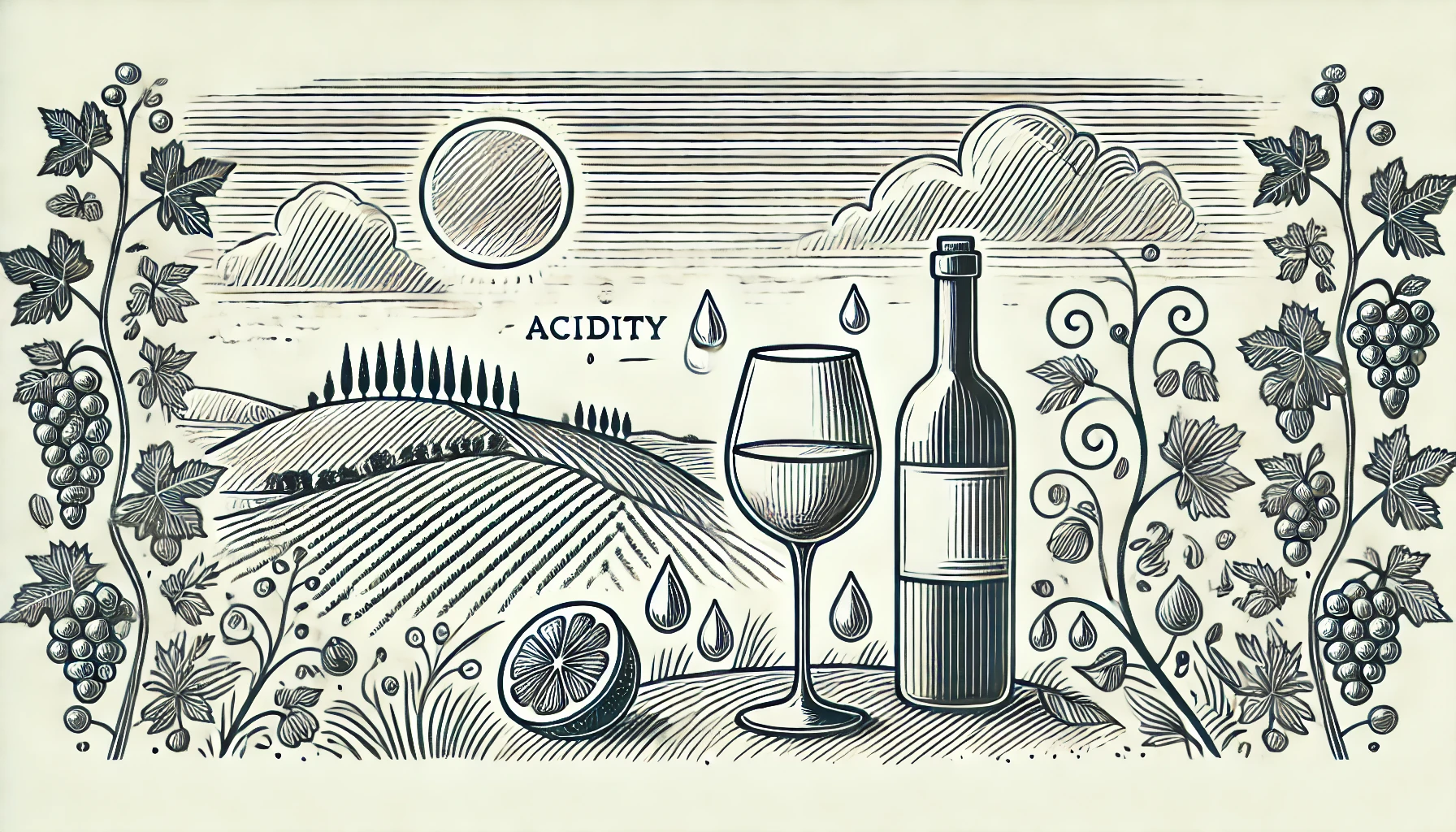
Acidity is a crucial component in wine, contributing to its freshness, crispness, and overall balance. Acidity refers to the natural acids present in grapes and wine, primarily tartaric, malic, and citric acids. These acids are responsible for the refreshing, mouth-watering sensation you get when you sip certain wines, especially white wines like Sauvignon Blanc or Riesling.
Wines with higher acidity tend to taste more crisp and refreshing, while those with lower acidity can taste softer and sometimes even flabby. Acidity balances the sweetness in sweeter wines and complements the tannins in red wines. It also plays a significant role in the aging potential of a wine, helping it to develop more complex flavors over time.
In terms of food pairing, high-acid wines are incredibly versatile. Their sharpness can cut through rich, fatty dishes, making them ideal for pairing with foods like cheese, creamy sauces, or fried dishes. They also pair well with acidic foods like tomatoes or vinaigrettes, as the wine’s acidity complements and enhances the flavors of the dish.
It is often what gives a wine its “zest” or “bite,” and it’s an important factor in determining a wine’s style and overall flavor profile.
Curious about more wine terms and insights? Visit our Wine Wiki section and explore the basic wine terms for expert definitions and tips!